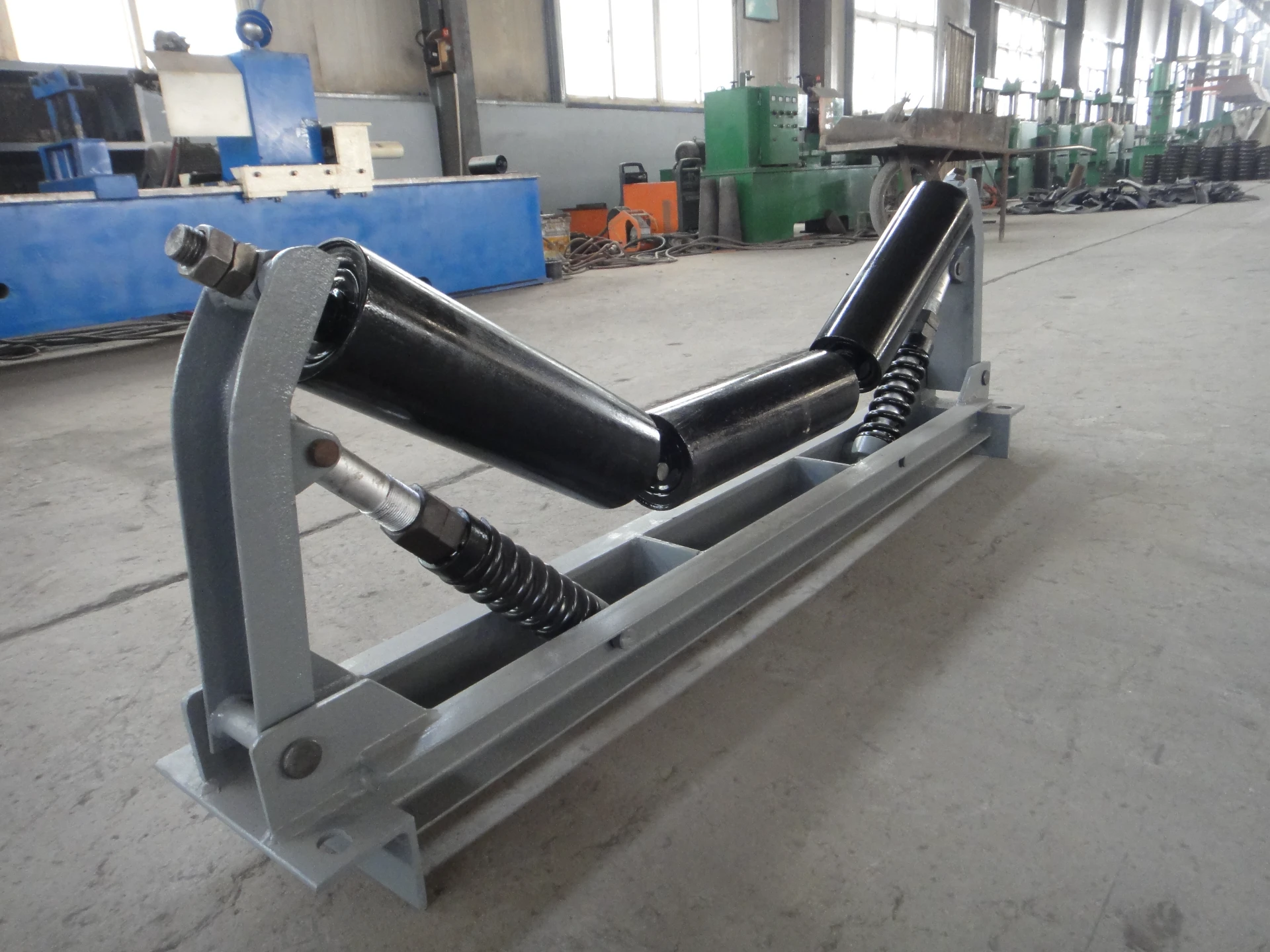 Afrikaans
Afrikaans  Albanian
Albanian  Amharic
Amharic  Arabic
Arabic  Armenian
Armenian  Azerbaijani
Azerbaijani  Basque
Basque  Belarusian
Belarusian  Bengali
Bengali  Bosnian
Bosnian  Bulgarian
Bulgarian  Catalan
Catalan  Cebuano
Cebuano  Corsican
Corsican  Croatian
Croatian  Czech
Czech  Danish
Danish  Dutch
Dutch  English
English  Esperanto
Esperanto  Estonian
Estonian  Finnish
Finnish  French
French  Frisian
Frisian  Galician
Galician  Georgian
Georgian  German
German  Greek
Greek  Gujarati
Gujarati  Haitian Creole
Haitian Creole  hausa
hausa  hawaiian
hawaiian  Hebrew
Hebrew  Hindi
Hindi  Miao
Miao  Hungarian
Hungarian  Icelandic
Icelandic  igbo
igbo  Indonesian
Indonesian  irish
irish  Italian
Italian  Japanese
Japanese  Javanese
Javanese  Kannada
Kannada  kazakh
kazakh  Khmer
Khmer  Rwandese
Rwandese  Korean
Korean  Kurdish
Kurdish  Kyrgyz
Kyrgyz  Lao
Lao  Latin
Latin  Latvian
Latvian  Lithuanian
Lithuanian  Luxembourgish
Luxembourgish  Macedonian
Macedonian  Malgashi
Malgashi  Malay
Malay  Malayalam
Malayalam  Maltese
Maltese  Maori
Maori  Marathi
Marathi  Mongolian
Mongolian  Myanmar
Myanmar  Nepali
Nepali  Norwegian
Norwegian  Norwegian
Norwegian  Occitan
Occitan  Pashto
Pashto  Persian
Persian  Polish
Polish  Portuguese
Portuguese  Punjabi
Punjabi  Romanian
Romanian  Russian
Russian  Samoan
Samoan  Scottish Gaelic
Scottish Gaelic  Serbian
Serbian  Sesotho
Sesotho  Shona
Shona  Sindhi
Sindhi  Sinhala
Sinhala  Slovak
Slovak  Slovenian
Slovenian  Somali
Somali  Spanish
Spanish  Sundanese
Sundanese  Swahili
Swahili  Swedish
Swedish  Tagalog
Tagalog  Tajik
Tajik  Tamil
Tamil  Tatar
Tatar  Telugu
Telugu  Thai
Thai  Turkish
Turkish  Turkmen
Turkmen  Ukrainian
Ukrainian  Urdu
Urdu  Uighur
Uighur  Uzbek
Uzbek  Vietnamese
Vietnamese  Welsh
Welsh  Bantu
Bantu  Yiddish
Yiddish  Yoruba
Yoruba  Zulu
Zulu tail pulley take up
The Importance of Tail Pulley Take-Up in Conveyor Systems
In modern industrial applications, conveyor systems play a critical role in the efficient movement of materials. One key component of these systems is the tail pulley take-up, which is essential for ensuring proper tensioning and functioning of the conveyor belt. Understanding the role and importance of the tail pulley take-up can lead to improved performance and longevity of conveyor systems in various industries.
What is a Tail Pulley Take-Up?
The tail pulley is located at the end of a conveyor system and is crucial for maintaining belt tension. The tail pulley take-up mechanism adjusts the pulley’s position to accommodate changes in belt length due to stretching, wear, or environmental factors. This adjustment is vital because a well-tensioned belt operates more efficiently, reduces slippage, and minimizes wear on both the belt and the conveyor components.
Types of Take-Up Systems
There are generally two types of take-up systems employed in conveyor designs manual take-up and automatic take-up systems.
1. Manual Take-Up Systems In these systems, operators physically adjust the position of the tail pulley using hand tools. While this method can be effective, it relies on regular inspection and intervention, which can lead to inconsistencies in tensioning and may increase downtime as operators need to be present on-site to make adjustments.
2. Automatic Take-Up Systems These systems utilize hydraulic, pneumatic, or gravitational mechanisms to automatically adjust the tail pulley’s position in response to changes in belt tension. This automation minimizes the need for constant monitoring and adjustments, allowing for more consistent performance and reduced labor costs.
Benefits of Accurate Tail Pulley Take-Up
Properly functioning tail pulley take-up systems offer numerous benefits
1. Improved Conveyor Efficiency A well-tensioned belt travels smoothly over the pulleys, reducing the risk of slippage and increasing the overall efficiency of material handling processes.
tail pulley take up

2. Extended Equipment Life Proper tension reduces wear and tear on both the conveyor belt and associated components, leading to lower maintenance costs and extending the overall lifespan of the equipment.
3. Safety Enhancements A properly maintained and tensioned conveyor system minimizes the risk of accidents that could result from belt slippage or failure. Safe operations are critical in industries where heavy materials and equipment are in use.
4. Reduced Downtime With a reliable take-up system, the need for frequent adjustments and repairs is diminished. This results in less downtime, allowing for continuous operations and increased productivity.
Maintenance Considerations
Regular maintenance of the tail pulley take-up is critical for optimal performance. This includes
- Inspection Regularly inspect the take-up system for signs of wear, damage, or misalignment. Adjustments should be made if any discrepancies are identified.
- Lubrication Ensure that all moving parts are adequately lubricated to prevent corrosion and wear.
- Belt Monitoring Keep an eye on the conveyor belt for signs of stretching or damage. Early detection can prevent larger issues down the line.
Conclusion
The tail pulley take-up is a vital component of conveyor systems that should not be overlooked. By ensuring proper tensioning of the conveyor belt, it enhances efficiency, prolongs the lifespan of equipment, and contributes to safe and reliable operations. Investing in quality take-up systems, whether manual or automatic, along with a robust maintenance routine, can lead to significant improvements in overall productivity and safety within industrial settings. By understanding and implementing best practices for tail pulley take-ups, businesses can optimize their material handling processes and achieve greater operational success.
-
Revolutionizing Conveyor Reliability with Advanced Rubber Lagging PulleysNewsJul.22,2025
-
Powering Precision and Durability with Expert Manufacturers of Conveyor ComponentsNewsJul.22,2025
-
Optimizing Conveyor Systems with Advanced Conveyor AccessoriesNewsJul.22,2025
-
Maximize Conveyor Efficiency with Quality Conveyor Idler PulleysNewsJul.22,2025
-
Future-Proof Your Conveyor System with High-Performance Polyurethane RollerNewsJul.22,2025
-
Driving Efficiency Forward with Quality Idlers and RollersNewsJul.22,2025





























